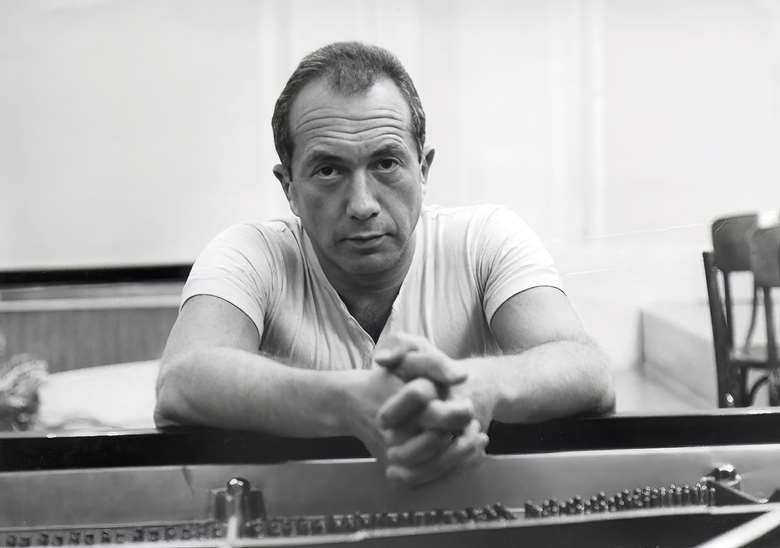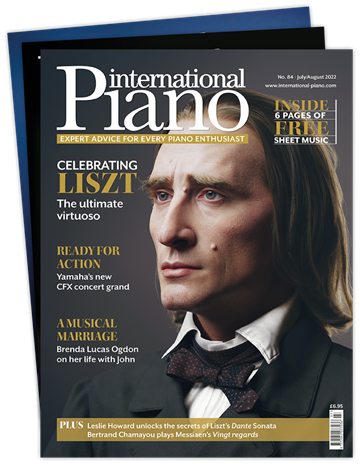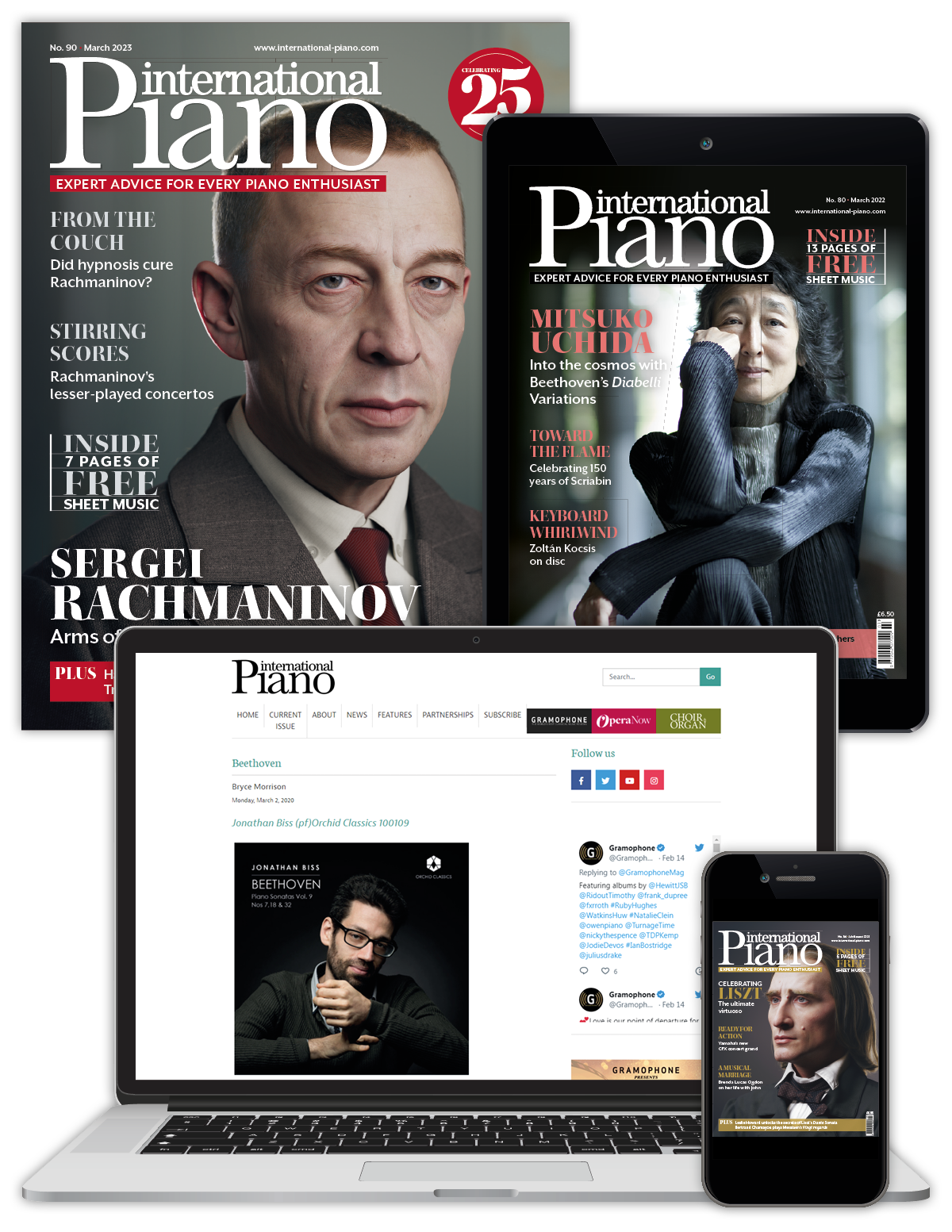Polarising pianist: Alexis Weissenberg
Bryce Morrison
Friday, May 24, 2024
In his latest discussion of a pianist notorious for invoking opposing points of view, Bryce Morrison explores the varied legacy of Alexis Weissenberg, an artist renowned for his uncompromising interpretations

Register now to continue reading
This article is from International Piano. Register today to enjoy our dedicated coverage of the piano world, including:
- Free access to 3 subscriber-only articles per month
- Unlimited access to International Piano's news pages
- Monthly newsletter












